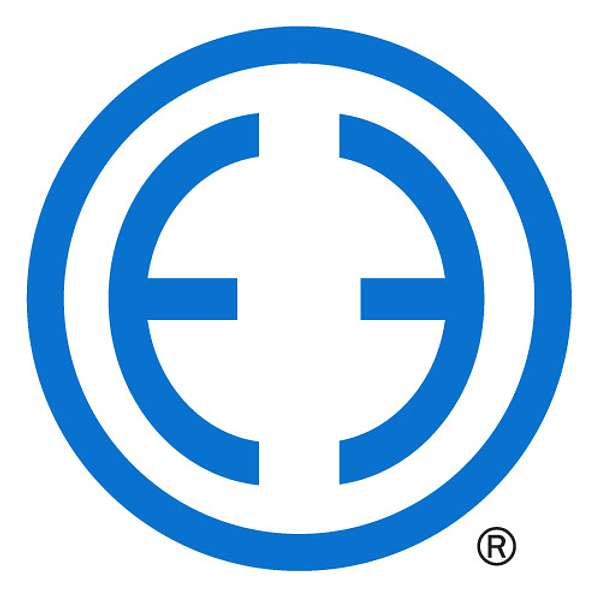
E3 Aviation
E3 Aviation
non-towered airports
Welcome to the podcast where we delve into the often-contentious topic of traffic patterns and operations at non-towered airports. Join experienced aviators as they discuss everything from pattern entries and departures to essential self-announcing best practices
Navigating the skies around non-towered fields requires a delicate balance between effective communication and keeping the radio frequencies clear
Learn why listening is often more crucial than talking to maintain situational awareness and understand where other aircraft are. We explore the Aeronautical Information Manual (AIM) guidelines for radio calls and why over-reporting can actually hinder safety by clogging the frequency
What's the best way to identify yourself on the radio? We discuss the pros and cons of using aircraft type and tail number versus less helpful descriptions like "white and red Piper"
Understand the importance of making strategic calls when your aircraft is most visible, such as when rolling into turns
We tackle the recommended pattern entry procedures from the AIM, including the overhead 45-degree entry, and explore alternative, potentially safer methods like the midfield crosswind entry
Discover why predictability and accuracy in your flying and radio calls are paramount
Hear engaging discussions on common courtesy in the pattern, dealing with pilots who insist on straight-in approaches during busy times, and the phenomenon of self-appointed "pattern sheriffs"
We also touch on the significance of local airport rules and being considerate of nearby residents
Gain insights into traffic pattern width, the importance of awareness when different types of aircraft are operating, and why certain radio calls like "any other traffic, please advise" are discouraged by the AIM
We also question the utility of phrases like "last call"
Ultimately, this podcast emphasizes that communication at non-towered airports is a two-way street where listening is just as vital as transmitting
We aim to enhance your understanding of best practices, drawn from experience and regulatory guidance, to help everyone operate safely and harmoniously in the non-towered environment.